The 6 Best TV Brands—A Guide to Updating Your Screen in 2023
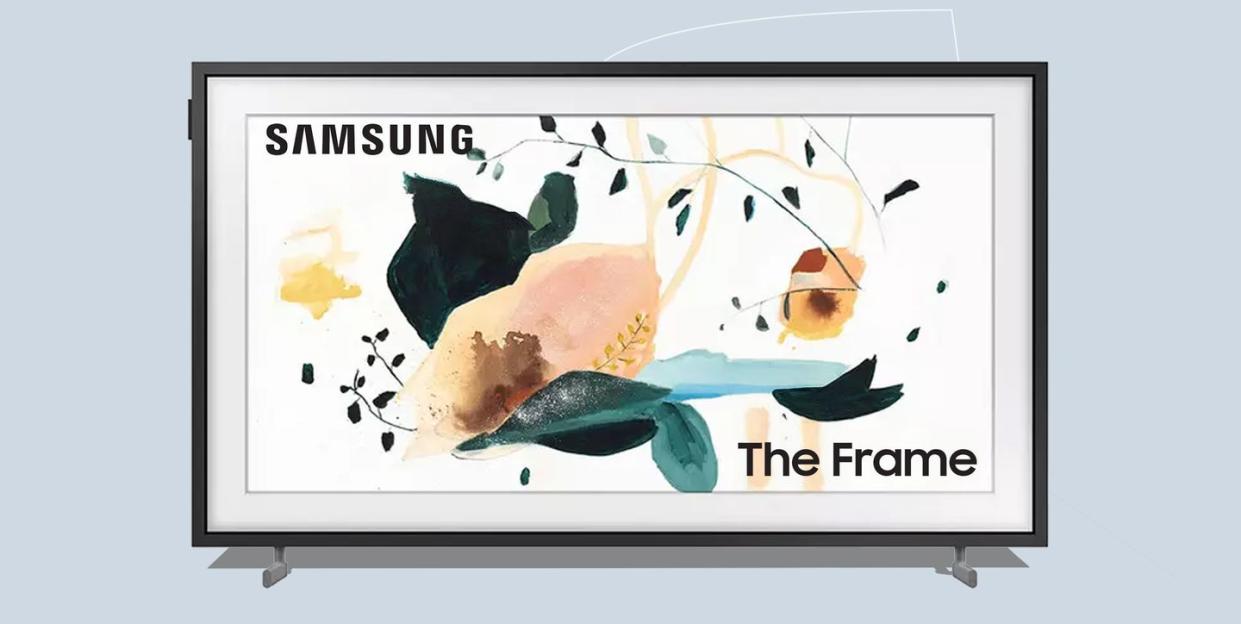
"Hearst Magazines and Yahoo may earn commission or revenue on some items through these links."
When did buying a TV get so complicated? HD, UHD, 4K, 8K, OLED, QLED, mini LED, dimming, local dimming! Shut up! Genuine innovation gets paired with inconsistent brand-specific marketing, and now the whole process is maddeningly complex.
Why can't it be like buying headphones or speakers or a computer, where there are well-established systems for deeming something good or bad. TVs are actually similar to buying vacuums, which we've already discussed in insane depth. All this tech is marketed as being different, but the results are maddeningly similar. There's a million different abbreviations to know and innovations to keep up with. To take the guesswork out of it, we just went ahead and gave you the four brands you can trust without questioning.
But to help everyone understand it all a bit better, here are a few very brief, very general explanations of need-to-know vocabulary. What is QLED? What is OLED? What is 4k? What is the difference between any of these TVs? Well...
LCD: Liquid Crystal Display. The most common type of TV (which includes QLED). A backlight shines through a panel of Liquid Crystal that makes the colors more refined and clear.
QLED: Popularized by Samsung, the Liquid Crystal panel of LCD is replaced with a quantum-dot panel. This innovation gives TVs brighter, more lifelike color images.
OLED: A distinctly different class of TV. (Organic Light Emitting Diode) Every single pixel creates its own light. There is no liquid or quantum-dot panel, only a shit ton of little lights. The contrast on these TVs is better than what came before it. But colors are not significantly nicer, and the price is a lot higher.
4K and 8K: These are resolutions, with specific reference to the width of the TV. 4K TVs are 3,840 pixels wide. 8K are 7,680 pixels wide. 8K is better than 4K, and both are better than old HD.
Those are the differentiating factors among TVs. Anything else varies brand-to-brand. So as a service to you, we went ahead and tested all the TVs out there to tell you which ones are really worth the money at every price point.
Samsung
Samsung—which has been the world's best-selling TV brand for quite some time now—wins top honors with its balance of function and form.
Functionally, the TVs are amougnst the most show-stopping out there. Though the distinction is not so clearcut nowadays and the brands makes both, QLED and OLED lines, the ethos is still part of the product. Samsung TVs are bright, the defining characteristic of QLED. The colors are deep, and the images are real. Even if the viewing angle or contrast isn't so great, these TVs grab the attention of a room. (Though Samsung has built out its OLED lineup for those concerned about viewing angle or contrast.)
But Samsung really jumps into the Best Overall category with its lifestyle TVs—models that are made for specific tastes and situations. The Frame acts like a piece of art when it's off. The Terrace can be outdoors in full sunlight. The Serif is a minimalist TV along with a sleek built-in stand that's easy to move around as you please. All throughout the catalog, Samsung considers how TVs fit certain lifestyles, versus how great the picture is. Sounds simple, but no other brand does it this well.
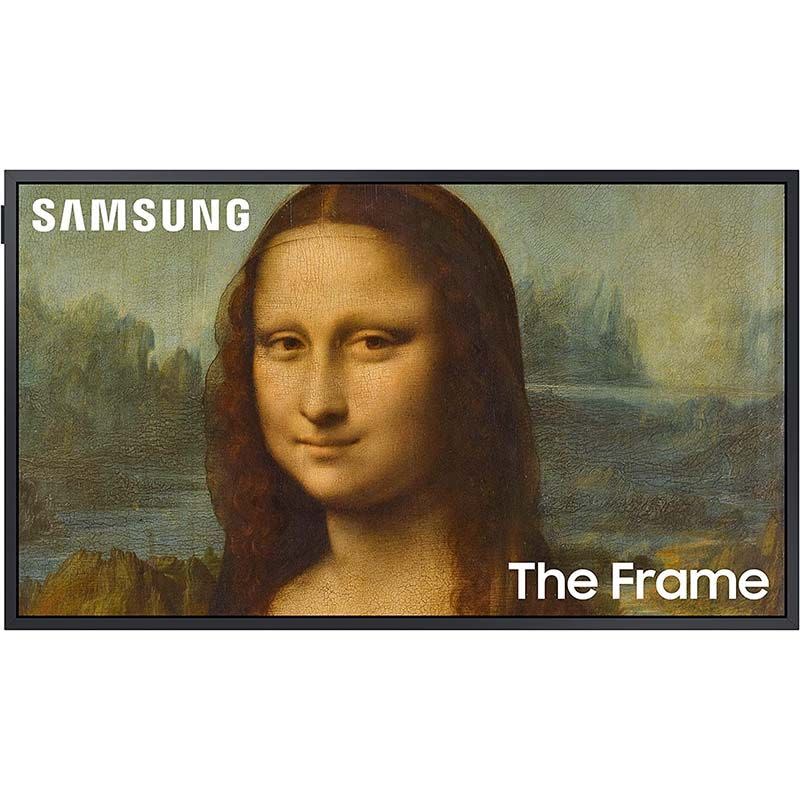
Samsung
$1497.99
amazon.com
LG
Funny enough, I've always found Samsung's closest rival to be the other massive brand from South Korea, LG. (Not Sony, which started in Japan.) LG has carved out the top spot in the OLED market, making TVs with big, sharp contrast.
The downside is that OLED is the only place we've found LG to win in. For creative solutions and practical day-to-day TVs, Samsung is the winner. For vibrant colors lower in a lineup, it's Hisense. LG is great, but only at the highest of price points. So it's kinda trapped there.
So who should actually buy an LG? Someone who needs OLED. If your TV is in a bright room, and you do a lot of daytime watching, the contrast is really going to help you out. If you game on your TV, OLED is great and often what's used in high-end gaming monitors. But for anyone else, we'd say stray away. You'll get better value elsewhere.
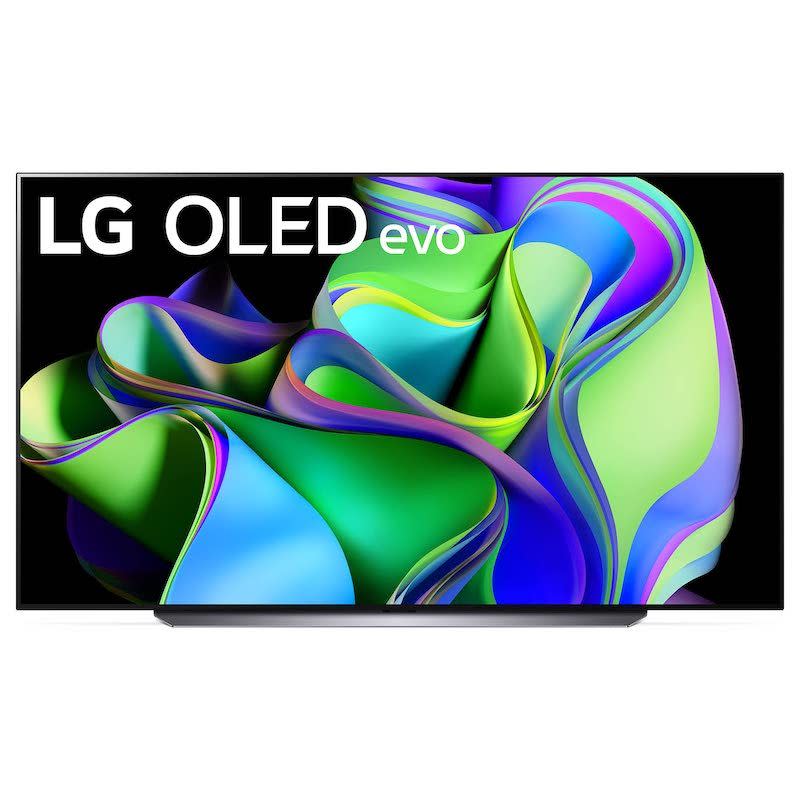
LG
$2196.99
amazon.com
Hisense
A lot of nerds really like the Hisense value proposition. Up and down the lineup, there are some really, really great TVs. The mid-tier models in the Hisense lineup are really good—sharper colors and smoother motion compared to other TVs in that $400-$800 range.
But guess what, Hisense has its own proprietary style of LED. ULED, which they insist is separate from OLED or QLED. (Buying a TV is so easy!)
The short version of it is that ULED is not that different from QLED. Hisense touts a lot of its patents on ULED, but it's not revolutionary. It's all just enhancements that make colors brighter, contrasts sharper, and motion smoother. A bunch of near imperceptible changes that a lot of other TVs have.
But don't get us wrong! We're not bad mouthing Hisense. The brand makes some incredible TVs at great prices. The brand's mid-tier options, like the U6H that's featured here, are just a step above of other options in the price range.
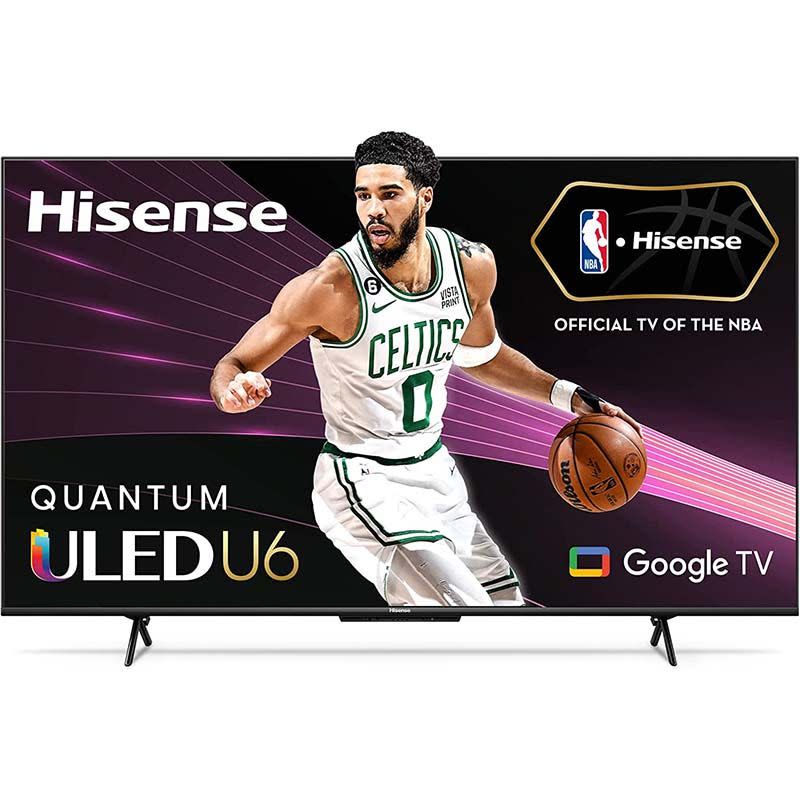
Hisense
$378.00
amazon.com
TCL
When we get to real budget territory, TCL beats out Hisense. (Though at this price point, Hisense is your second best bet.) For around $300, a 50- or 55-inch TCL is the best place to spend your money.
The brand just makes really good 4K TVs. Nothing fancy, no extra quantum dot whatever, whatever. The 4-Series, featured here, is where the brand starts its 4K models, and you've got the option of Google, Android, or Roku ready versions.
And if you're on an even tighter budget, the brand is one of the few still dedicating proper space to anything below 4K. A TCL 40-inch 3-Series runs you $200. A great deal, though we really suggest just paying the extra $150 to go 4K. If you're not bothered by small picture nuances, you can't beat it.
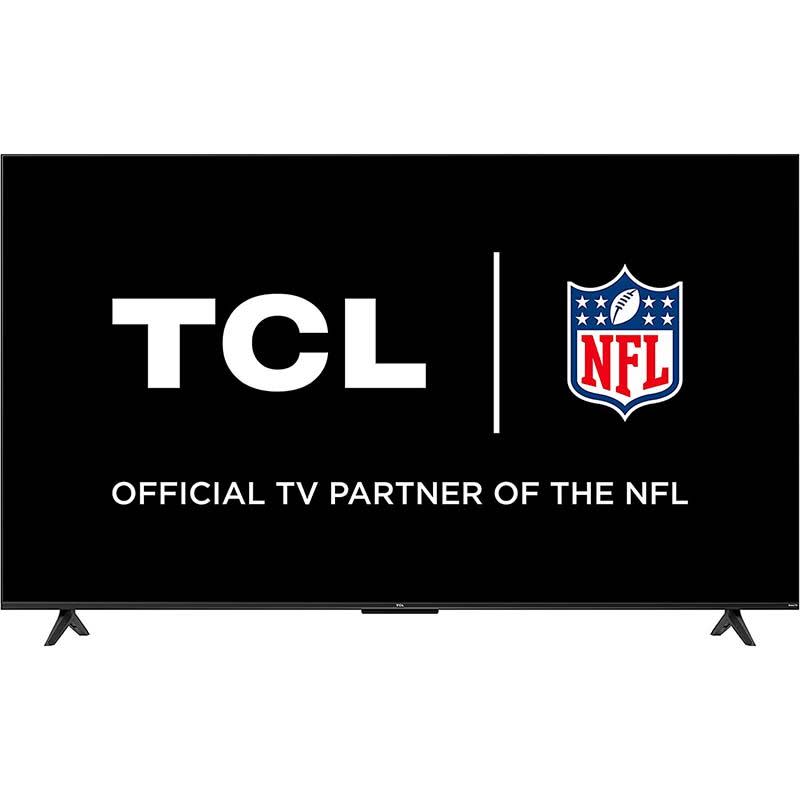
TCL
$269.99
amazon.com
Amazon Fire TV
Amazon has been making TVs in-house for a few years now, to pretty mild fanfare, but every year the selection gets more impressive. Most recently, Bezos & Co. has added QLED to its lineup.
At this price, Hisense still makes a better TV, but we've been impressed with how quickly Amazon has carved out a section of the budget market. The real draw of course being the Fire TV capabilities. If you use a FireStick as your connected TV device, switching to a Fire TV is painless. And for buyers, that's the only time we'd suggest turning to Amazon over other models.
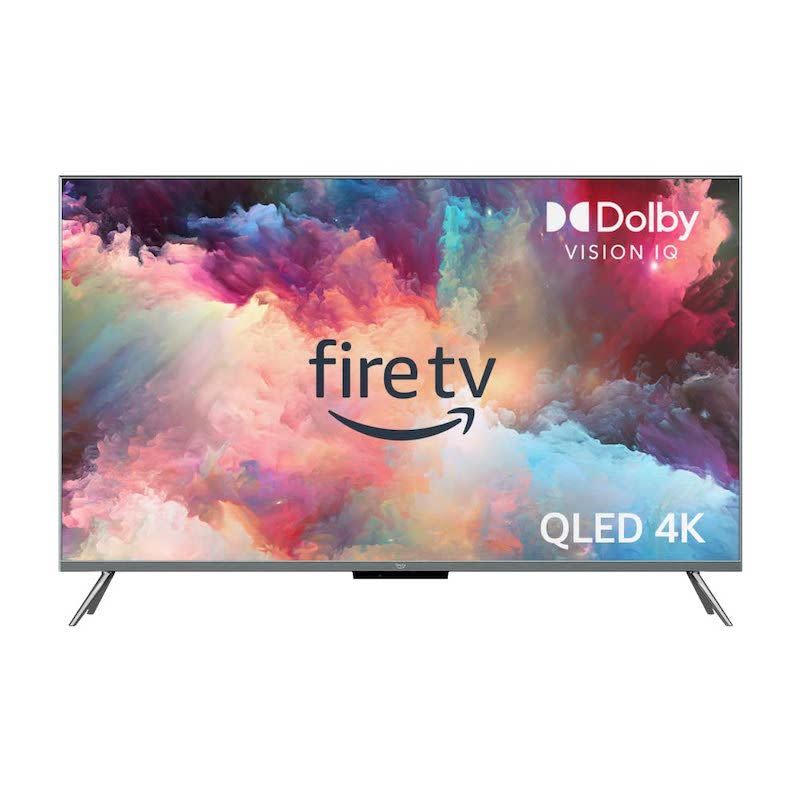
Amazon Fire TV
$429.99
amazon.com
Bang & Olufsen
With the three regular price ranges talked about, let's talk about the crazy shit. The luxury shit. No one is doing luxury TV like Bang & Olufsen, at the moment.
The Danish brand has deep roots in electronics, but has really settled into the niche of sound products. Sound bars, headphones, and speakers, B&O is best-in-class in all of them. But a recent partnership with LG has launched the brand back to the top of the television world.
LG televisions (which, full disclosure, are narrowly behind Samsung in our mind) are paired with built-in Bang & Olufsen audio. The sound is incredible, and the LG screens are as good as anything else on this list. But the real draw is the look. These things are beautiful, and the use of organic materials make them a real standout in the tech world.
And yes, the price point is insane, but the brand is part of a fascinating Cradle to Cradle certification. Essentially, the sound products are first made to last, so you shouldn't replace them within the decade. But if new designs or tech innovations happen, the products are totally modular and allow new parts to replace old. It's not a fix to tech's circularity crisis, but it's the start of an interesting solution.
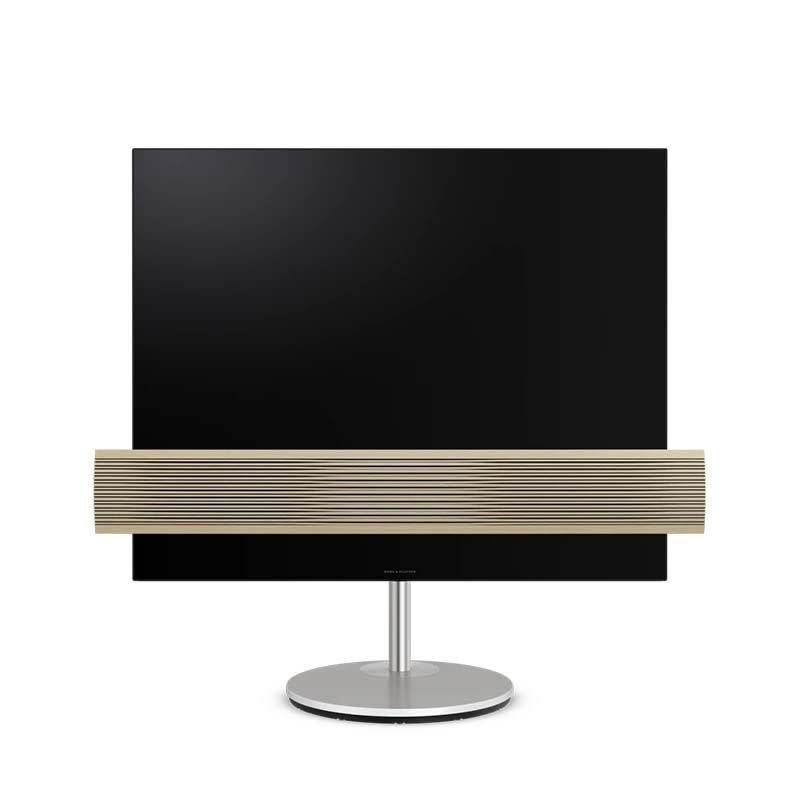
Bang & Olufsen
$12125.00
bang-olufsen.com
You Might Also Like

